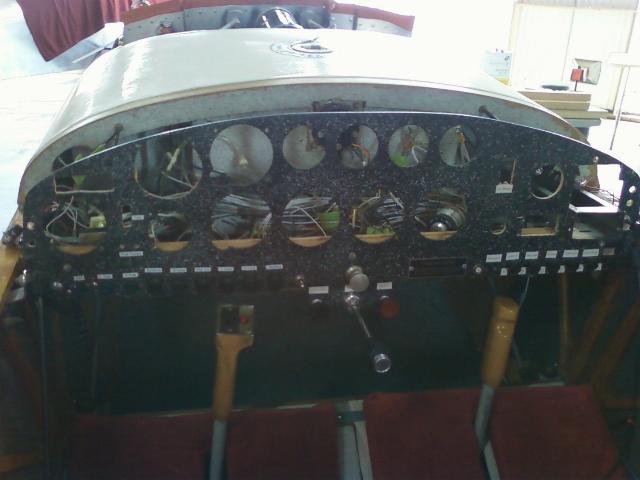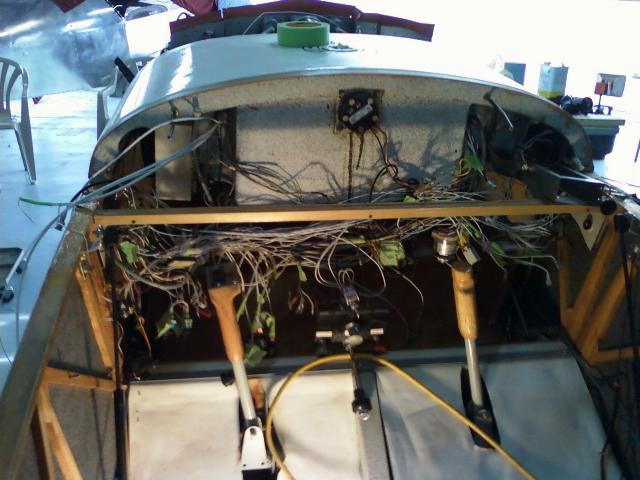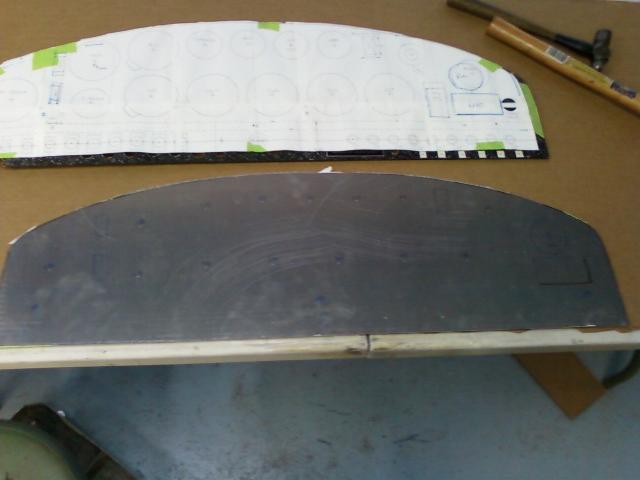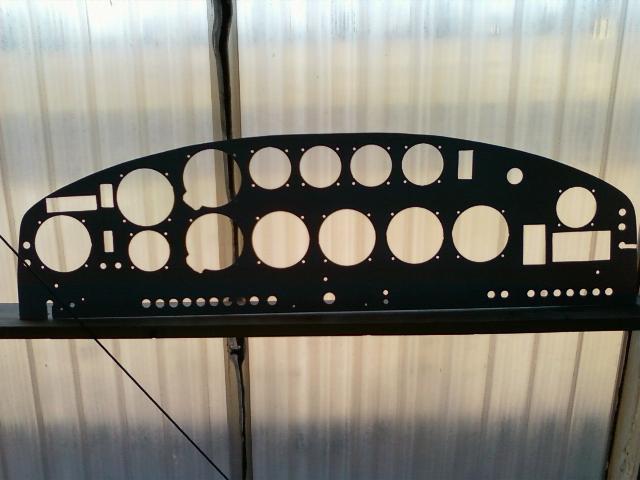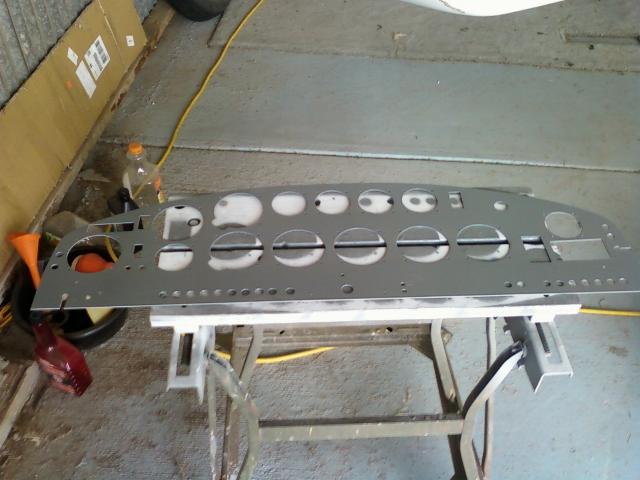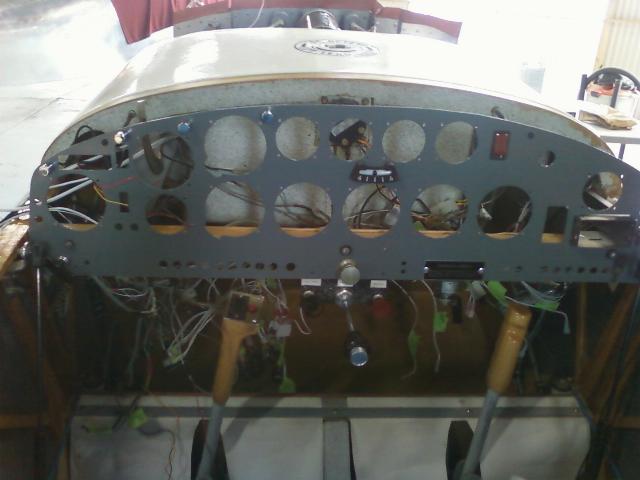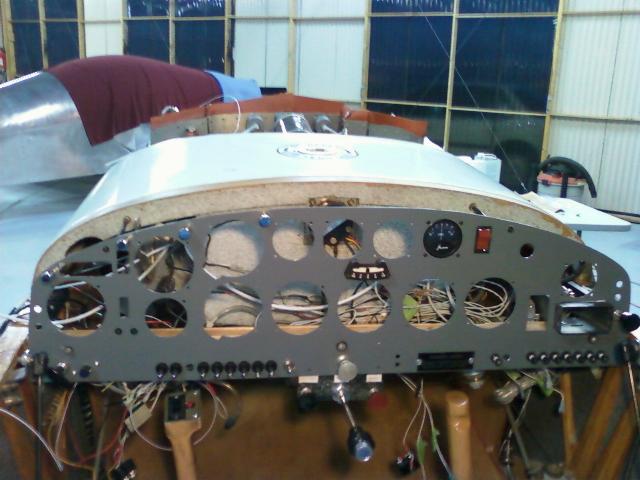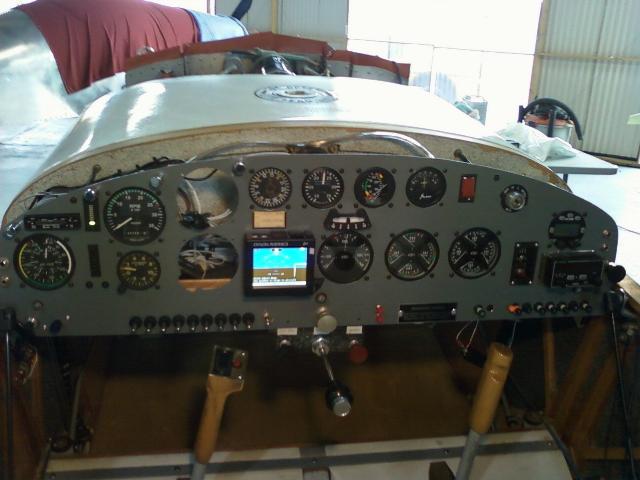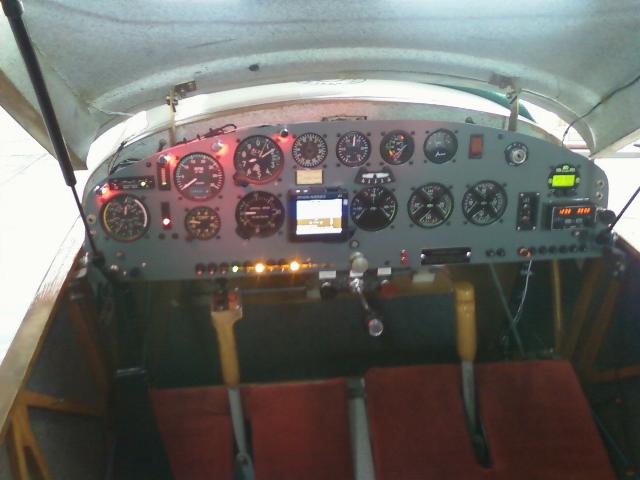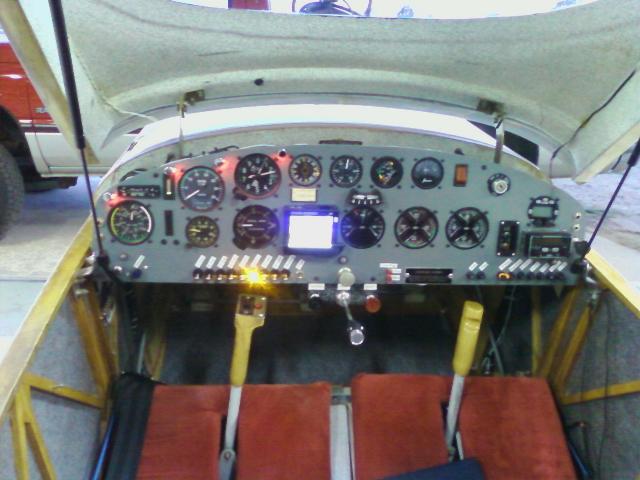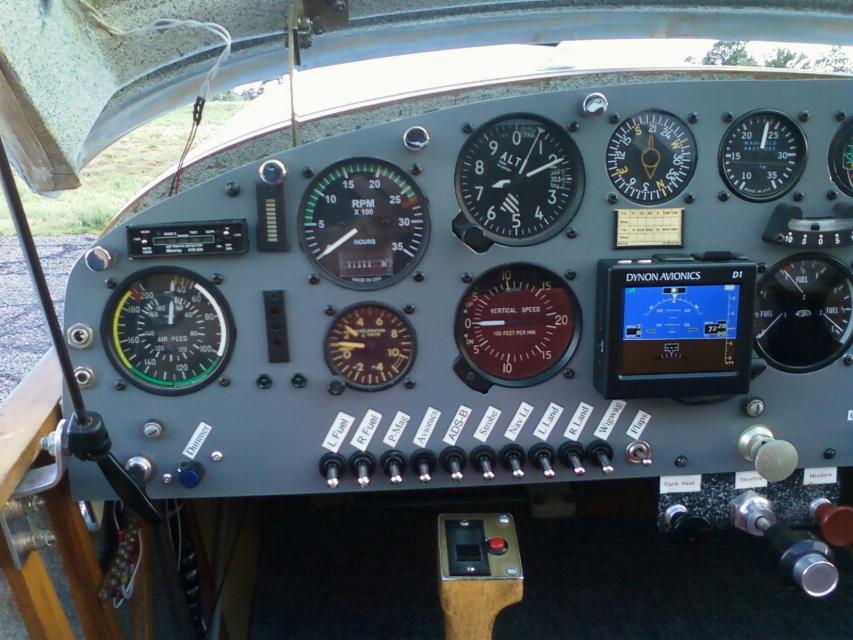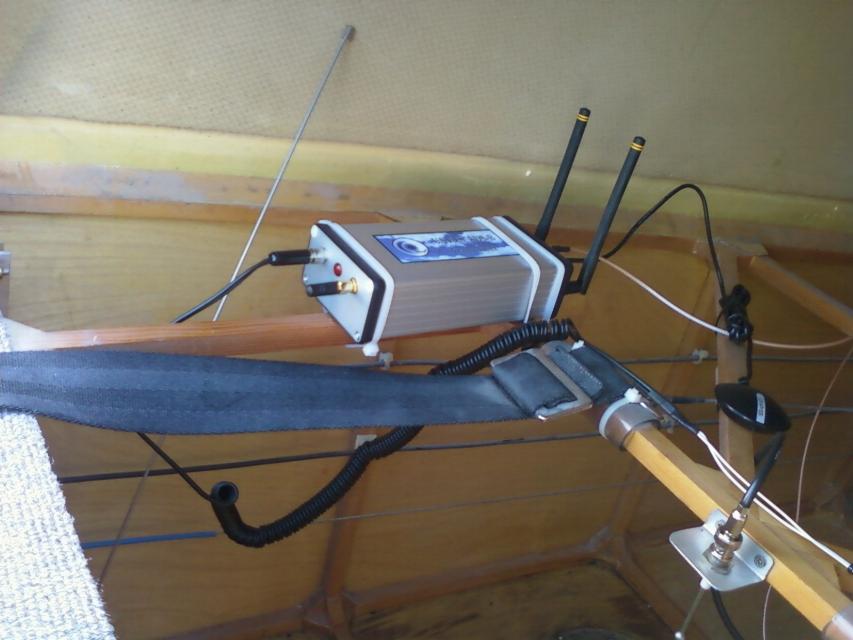2013 Updates
Late February of 2013. I took the
KR out for a nice warm up flight and was once again so pleased with the
way this plane flies, and the way this engine runs. I have a
number of updates I'd like to do to the plane, but just can't stand to
ground a plane that flies so nice. By afternoon, that tune had
changed.
I pulled the plane in to start on what should have been a quick and
easy annual inspection. First thing was to do a quick compression
differential check. Nearly perfect, 79/80, 78/80, 79/80, and
58/80. What? That can't be right! I checked a little
closer and the news was not good. It was leaking past the rings.
That does explain why the engine has been pushing a bit
more oil than expected. One of these tired old +.015
over
cylinders has finally given up. Surely it must be a broken ring.
I pulled the cylinder and saw nothing obviously wrong. But
measuring the cylinder, it has gone well beyond service limits and was
showing some cylinder wall distortion. It's time for new
cylinders.
So, I got in contact with my friends at Aircraft Specialties and
ordered a new set of Superior cylinders and a set of O-200-D
pistons (8.5:1 compression rather than the 7.0:1 compression in the
O-200-A). Wow! That was a surprise. I didn't think
Continental was going to make those pistons available. I got into
a real
snag with the rings as Continental changed the top ring in the D
pistons, then made them pretty much unavailable. Finally resolved
it by having my friend Doug machine the top ring groove to fit the ring
set from the C-75 through O-200-A ring set.
Now that the plane is already down for major maintenance, it's time to
do all those little things I've been thinking about ever since the last
major refit in 2005.
